Sushi すし
Instead of fermenting the fish with rice over an extended period, a new method involved placing a small slice of fresh fish on top of a mound of seasoned rice.
Sushi, the epitome of Japanese cuisine, has captured the hearts and palates of people around the globe. With its exquisite presentation, harmonious flavors, and meticulous craftsmanship, sushi has become an emblem of Japanese culinary artistry.

The Origins and Evolution of Sushi
In ancient Japan, before the advent of refrigeration, preserving fish was a necessity. The fishermen of coastal regions faced the challenge of storing their catch for extended periods without spoilage. It was during this era that the first seeds of sushi were planted.
The earliest form of sushi, known as narezushi, emerged in the 8th century. Fish, typically freshwater fish, was gutted and packed in layers with salt to aid in the preservation process. The fish was then placed in barrels and left to ferment for months. This fermentation process produced lactic acid, creating an environment that prevented the fish from spoiling.
In time, the Japanese discovered that adding rice to the barrels enhanced the fermentation process. Rice acted as a natural preservative, absorbing excess moisture and preventing the growth of harmful bacteria. The rice also imparted a unique flavor and texture to the preserved fish.
However, it wasn’t until the 17th century during the Edo period that sushi took a significant leap forward in its evolution. It was during this time that a culinary innovation known as “nigiri-zushi” emerged. Instead of fermenting the fish with rice over an extended period, this new method involved placing a small slice of fresh fish on top of a mound of seasoned rice. This technique allowed for a faster preparation time, resulting in sushi that boasted a fresher and more vibrant taste.
As Japan entered the Meiji era in the late 19th century and began embracing Western influences, sushi underwent another transformation. With the introduction of refrigeration and the availability of ice, the need for fermentation diminished. Sushi gradually shifted towards the consumption of fresh fish, leading to the rise of “Edo-mae sushi,” a term that refers to sushi made with fish caught in the nearby waters of Edo, which is now known as Tokyo.
Exploring Sushi Types and Preparations
Sushi, as a culinary art form, offers a tantalizing variety of styles and preparations that cater to different tastes and preferences. Each style showcases its own distinctive presentation, flavor combinations, and techniques. Let us embark on a journey through the diverse world of sushi and discover the nuances that make each style a culinary masterpiece.
Nigiri Sushi:
Nigiri sushi is perhaps the most recognizable and revered style of sushi. It consists of a small mound of vinegared rice, known as shari, topped with a carefully sliced piece of fresh fish or seafood. The beauty of nigiri lies in its simplicity and the delicate balance between the rice and the topping. Common toppings include tuna (maguro), salmon (sake), yellowtail (hamachi), shrimp (ebi), and many more. The chef’s skill in crafting perfectly proportioned nigiri is a testament to their expertise and precision.
Maki Sushi:
Maki sushi, also known as sushi rolls, offers a delightful combination of flavors and textures. It consists of a layer of seasoned rice spread on a sheet of nori (seaweed), topped with a variety of fillings, and rolled tightly using a bamboo mat. Maki rolls come in various forms, including the popular California roll, which typically contains imitation crab, avocado, and cucumber. Other creative variations incorporate ingredients like tempura shrimp, spicy tuna, or even fresh vegetables for vegetarian options. Once rolled, the sushi is sliced into bite-sized pieces, ready to be savored.
Temaki Sushi:
Temaki sushi, also known as hand rolls, offers a more interactive dining experience. It involves a cone-shaped seaweed wrap filled with rice, fish, vegetables, and other ingredients. The cone is typically assembled by the diner themselves, allowing for customization and personalization of flavors. Temaki sushi is a casual and fun way to enjoy sushi, perfect for gatherings or those who prefer a more hands-on approach to their culinary adventures.
Sashimi:
While not technically sushi, sashimi is an integral part of Japanese cuisine and often enjoyed alongside sushi. Sashimi showcases the purest essence of seafood, with thinly sliced, raw fish or shellfish served without rice or any additional seasoning. The focus is on the freshness and quality of the ingredients, allowing their natural flavors to shine through. Common types of sashimi include salmon (sake), tuna (maguro), yellowtail (hamachi), scallops (hotate), and many more. Sashimi aficionados appreciate the art of slicing the fish with precision and elegance.
Chirashi Sushi:
Chirashi sushi, meaning “scattered sushi,” presents a visually stunning dish that combines sushi rice with an assortment of colorful toppings. The toppings can vary but often include a variety of sashimi, cooked seafood, omelet, and vegetables. The ingredients are carefully arranged over a bed of sushi rice, creating a vibrant mosaic of flavors and textures. Chirashi sushi offers a delightful medley of tastes in every bite and is a popular choice for those seeking a well-rounded sushi experience.
These are just a few examples of the diverse world of sushi types and preparations. Each style offers its own unique charm and allows sushi enthusiasts to explore an array of flavors and textures. Whether you prefer the simplicity of nigiri, the creativity of maki rolls, the interactive nature of temaki, the purity of sashimi, or the artistic presentation of chirashi sushi, there is a sushi style to suit every palate.
Beyond the classic sushi styles, there are also regional variations that showcase the unique culinary traditions of different areas in Japan. For example, in Osaka, you’ll find the delightful batter-coated and deep-fried oshizushi, known as “pressed sushi.” In Hiroshima, they have their own twist on sushi called “hiroshimazushi,” which features layers of rice, seafood, and omelet pressed into a rectangular shape. Exploring these regional variations provides a deeper understanding of the diversity within the world of sushi.
Moreover, the influence of modernization and globalization has introduced innovative approaches to sushi. Today, you can find fusion sushi that combines traditional Japanese ingredients with flavors and techniques from other cuisines. This fusion of culinary cultures adds an exciting twist to the sushi experience, appealing to adventurous eaters and reflecting the dynamic nature of modern Japanese cuisine.
In Japan, sushi is not merely a meal; it is a cultural experience that celebrates precision, freshness, and the enjoyment of food. The attention to detail extends beyond the ingredients and preparation to the presentation and ambiance of sushi restaurants. Traditional sushi bars, known as “sushiya,” provide an intimate setting where guests can interact with the sushi chef and witness their artistry firsthand. The counter seating allows for a personalized dining experience, where the chef curates each piece of sushi based on the individual preferences of the diner.
In modern Japan, sushi has become more accessible to a wider audience. Conveyor belt sushi, or “kaiten-zushi,” offers a convenient and affordable way to enjoy sushi. Plates of sushi circulate on a conveyor belt, and diners can choose their favorites as they pass by. This casual dining style has gained popularity both in Japan and abroad, providing a fun and relaxed atmosphere for sushi lovers of all ages.
I’m just a humble fan who loves all things Japanese and hopes to bring a little bit of that love to you. Arigatou gozaimasu!
©Emika Oka
Thank you for reading this.
Need help reformatting your writings as backups? I’m open for commissions.
Your support holds immense significance for a disabled neurodivergent.
If you’d like to show your support, you can consider buying me a coffee here. My collection of eBooks and classic titles is available here. Your kindness is greatly appreciated.
Source
すし三崎丸 — tatzulog (tatzuro.com)
握り寿司/manaap | Snapdish[スナップディッシュ] (ID:HC5OKa)
ニュースリリース|小学生未満は「こどもの日」で無料! バラエティ豊かな巻き寿司15種食べ放題!! 庄やなど354店舗で5月5日限定イベント (daisyo.co.jp)
サーモン三昧手巻き寿司のレシピ・作り方 | おうちレシピ | ミツカングループ (mizkan.co.jp)
パックの刺身を豪華な皿盛りにするコツ| 鮮魚店店主が手順を解説 — トクバイニュース (tokubai.co.jp)
6月27日はちらし寿司の日!ちらし寿司とばら寿司の違いは? | 食・料理 | オリーブオイルをひとまわし (olive-hitomawashi.com)
寿司 — Wikipedia
All photos belong to their respective websites, as indicated in
the captions. For more information, you may click to visit the provided
sources, which will lead to external websites, unless stated otherwise.



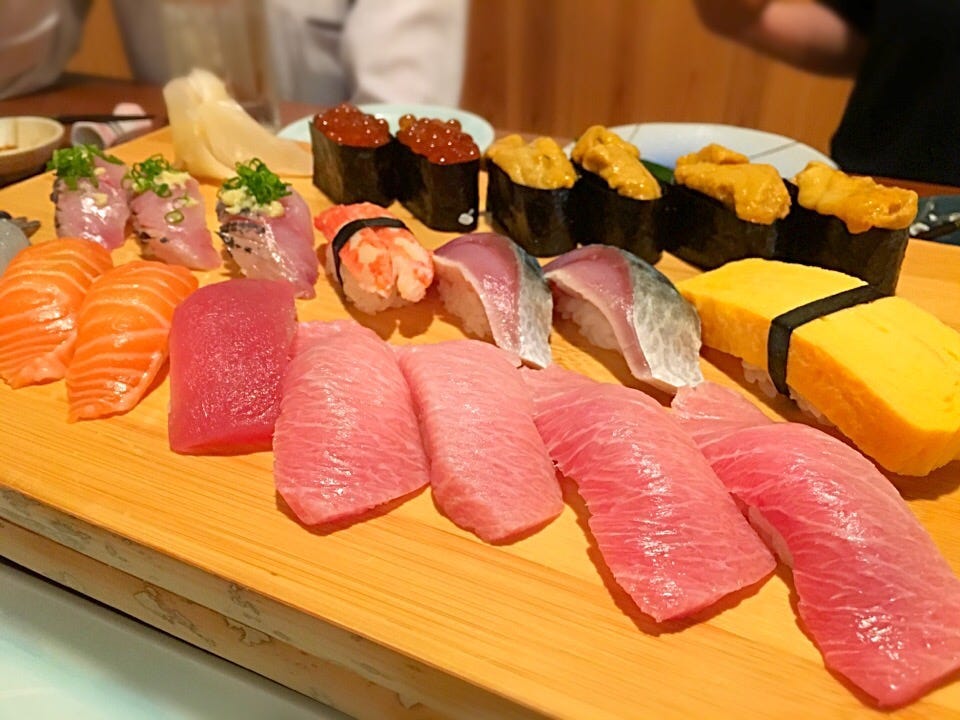
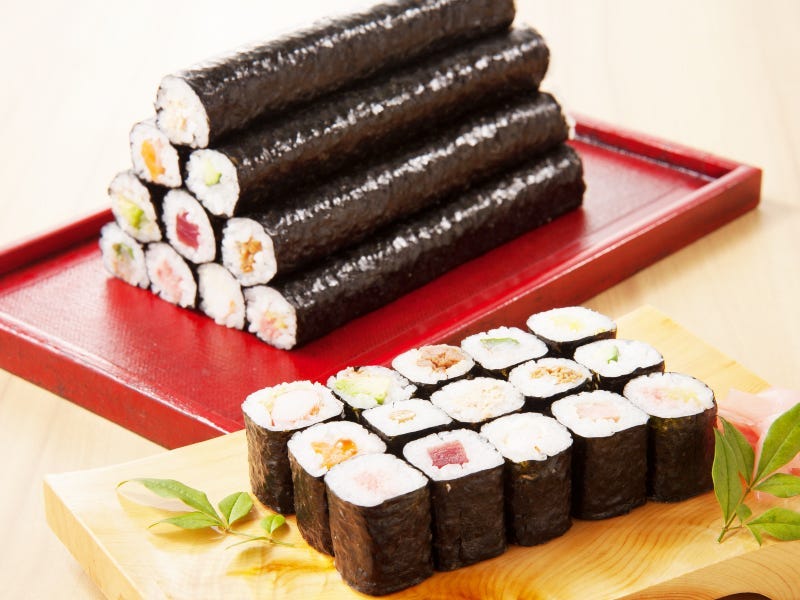
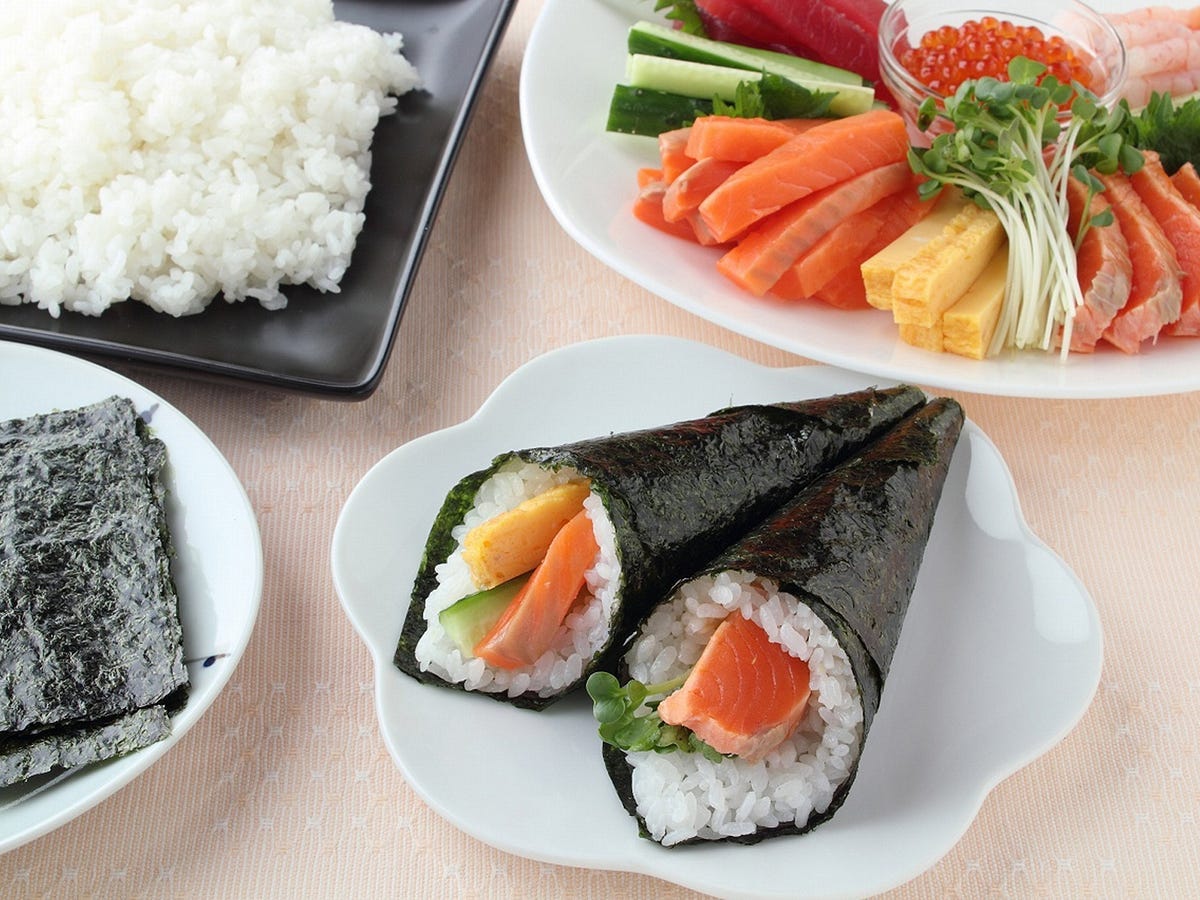
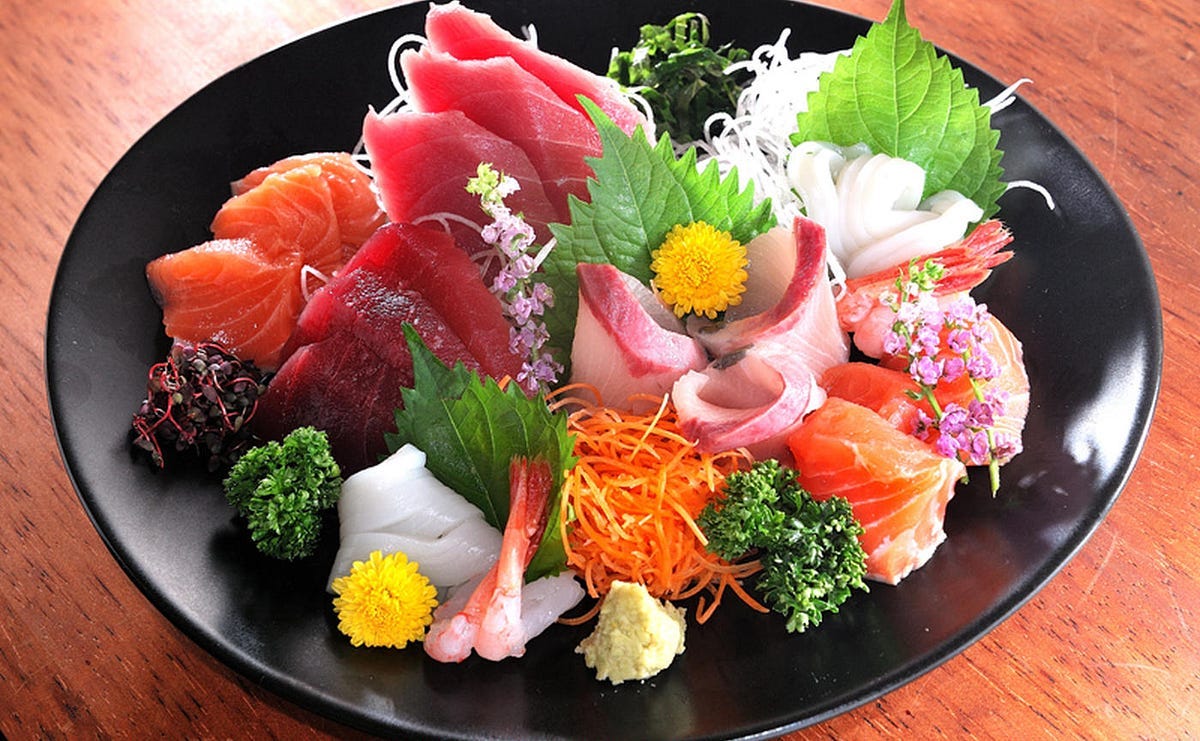
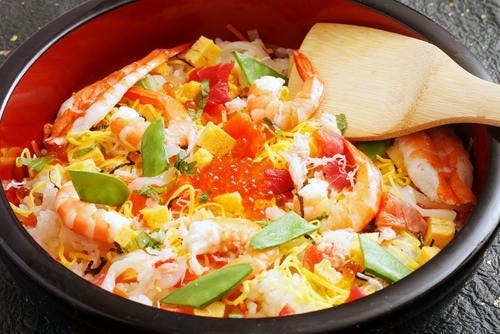
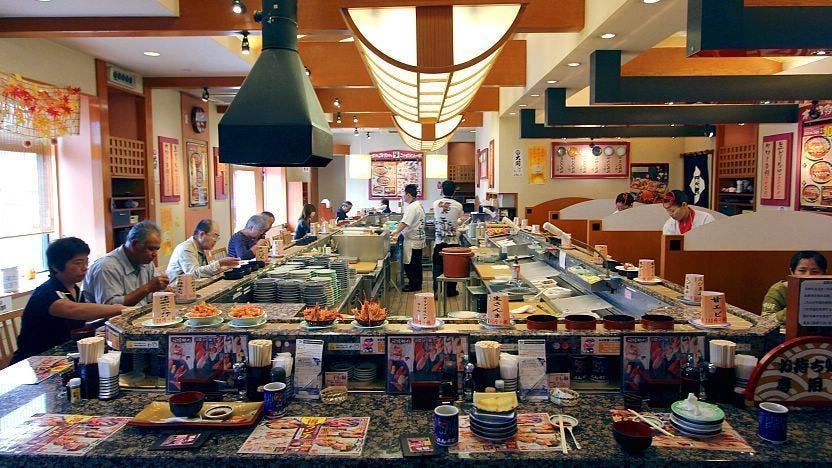

My son worked in Nagasaki for two years and I got to visit him. He was deeply impressed with your culture and so was I. I never got over spending a weekend in Kyoto and hearing a horn honk exactly once! And the food! Some combination of soy beans, tiny fish and honey (I think) absolutely enchanted me. I found it too in markets in Oahu when I visited him there. Thank you for this scholarly presentation on sushi. My Norwegian fishermen uncles preserved fish too, and also pork. If I had good manners, I would have said 'thank you' first instead of jumping in about me, me, me. x
This is so well written! I love all things sushi except Tobiko ... little fishy eggs. Just can't do them. Great article. Now I wish I had money!